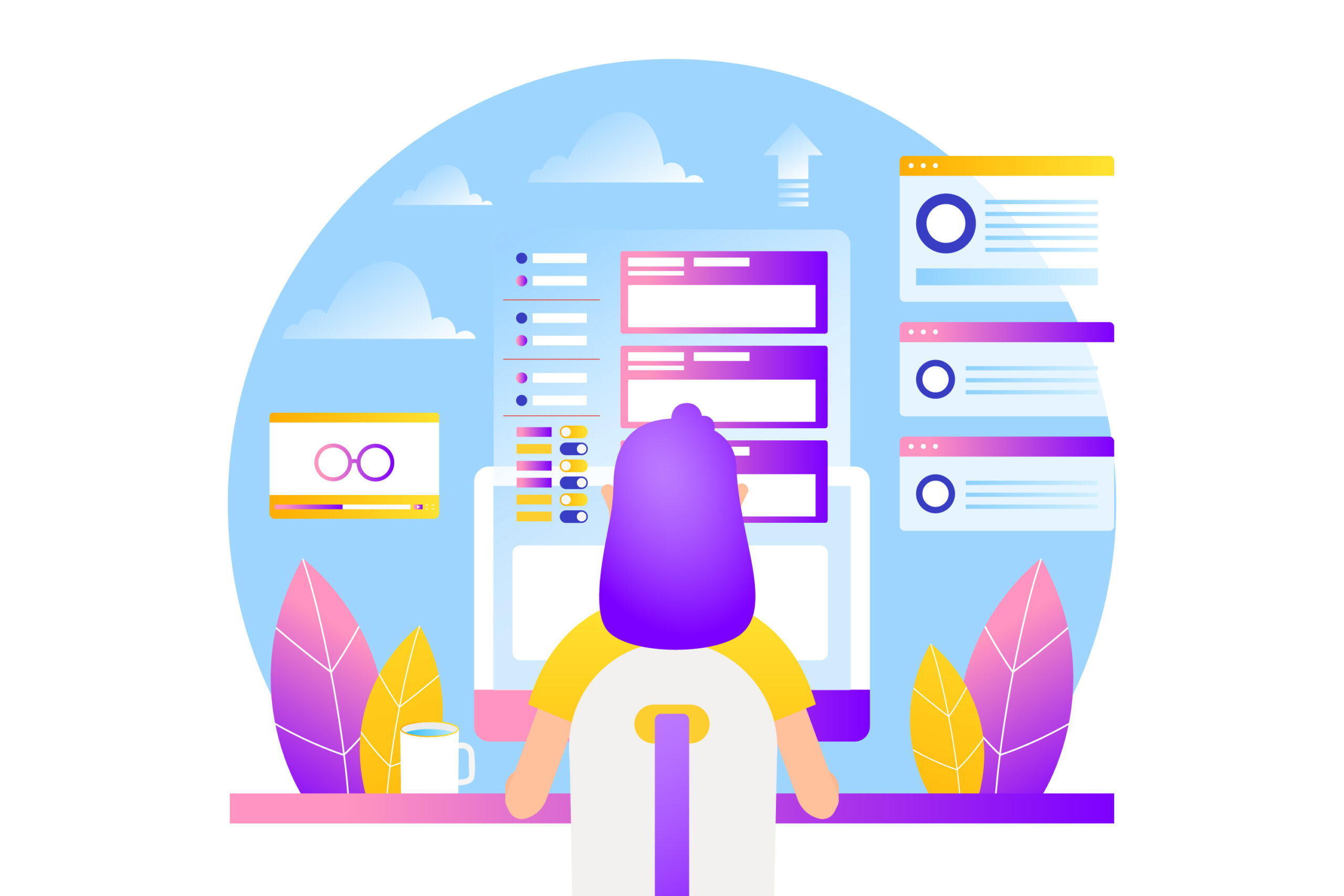Welcome to The React Company, where we’re dedicated to helping you master the art of React development. In this comprehensive technical guide, we’ll embark on an exciting journey to build a robust CRUD (Create, Read, Update, Delete) application using the dynamic duo of React and Spring Boot. By the end of this step-by-step guide, you’ll have a fully functional CRUD application at your fingertips, complete with a frontend powered by React and a backend running on Spring Boot.
In the world of modern web development, creating a full-fledged CRUD (Create, Read, Update, Delete) application is a fundamental skill. When it comes to building such applications, the combination of React and Spring Boot has become a popular choice due to their ease of use, scalability, and robustness. In this step-by-step guide, we will take you through the process of building a robust CRUD application using React for the frontend and Spring Boot for the backend.
Prerequisites
Before we dive into the development process, ensure you have the following prerequisites in place:
- Java Development Kit (JDK): Make sure you have JDK 8 or later installed on your system to work with Spring Boot.
- Node.js and npm: You’ll need Node.js and npm (Node Package Manager) for React development. You can download and install them from the official Node.js website.
- Integrated Development Environment (IDE): Choose an IDE of your choice for Java and React development. Popular choices include IntelliJ IDEA, Eclipse, and Visual Studio Code.
- Basic Knowledge of React and Java: Familiarity with React and Java will be beneficial, but this guide is designed to be beginner-friendly.
Step 1: Setting Up the Backend with Spring Boot
- Create a new Spring Boot project using your IDE or the Spring Initializer (https://start.spring.io/). Include dependencies like Spring Web, Spring Data JPA, and H2 Database for this example.
- Define your data model by creating a Java entity class and setting up a repository interface.
- Create RESTful API endpoints for the CRUD operations using Spring Boot’s
@RestControllerand@RequestMappingannotations. - Configure your application properties to connect to the H2 database or any other database of your choice.
- Implement error handling, validation, and exception handling for a robust backend.
Step 2: Developing the Frontend with React
- Initialize a new React project using Create React App (CRA) or your preferred React setup method.
- Design a user-friendly UI with components for creating, reading, updating, and deleting data.
- Use Axios or Fetch API to make HTTP requests to the Spring Boot backend.
- Implement routing using React Router to navigate between different views of your application.
- Apply form validation and error handling on the frontend to ensure data integrity.
Step 3: Connecting the Frontend and Backend
- Make API requests from your React components to interact with the Spring Boot backend.
- Ensure proper handling of HTTP responses, including status codes and error messages.
- Use CORS (Cross-Origin Resource Sharing) configuration to allow the React frontend to communicate with the Spring Boot backend.
Step 4: Testing and Debugging
- Write unit tests for your Spring Boot services and React components using testing libraries like JUnit and React Testing Library.
- Debug and resolve any issues in your code to ensure a seamless user experience.
Step 5: Deployment and Hosting
- Prepare your Spring Boot application for deployment by configuring a production-ready database and server.
- Build and package your React application for production using npm.
- Deploy your backend on a server of your choice, and host your React frontend on platforms like Netlify, Vercel, or GitHub Pages.
Conclusion
By following this step-by-step guide, you will have successfully built a robust CRUD application using React and Spring Boot. This combination of frontend and backend technologies provides scalability, maintainability, and a delightful user experience. You can further enhance and customize your application by adding features like authentication, pagination, and advanced data manipulation. Building CRUD applications is a crucial skill for web developers, and mastering React and Spring Boot for this purpose will open up a world of possibilities for your projects and career. Happy coding!
Reach Out to Us to Learn More.



